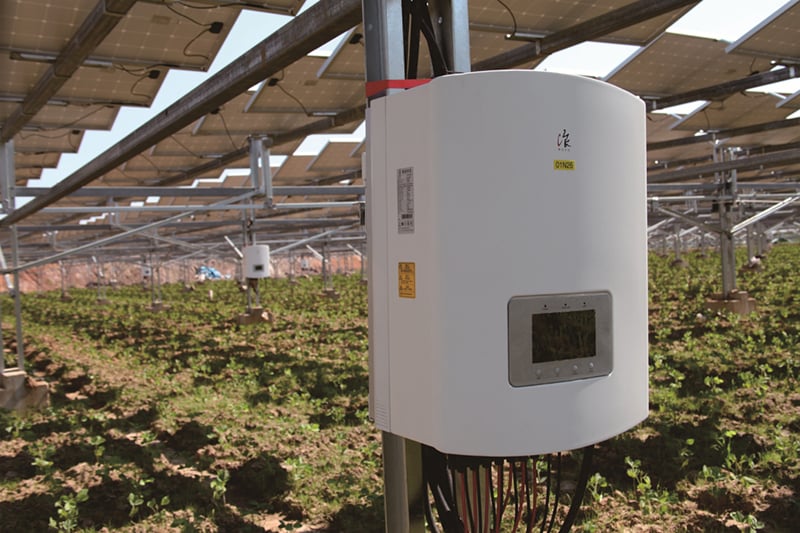
PV Tech caught up with Claire Gardner, Marketing Manager at inverter specialist Solis to discuss the potential growth of European markets, growing demand for energy storage and the need for accurate energy data.
Question: The energy crisis in Europe has brought a new meaning to energy self-sufficiency and especially solar roofs, but it comes at a time of widespread changes in the energy market with electric cars and other connected devices. How should developers adapt to these new marketing strategies?
A: The increasing demand for solar energy storage is a huge opportunity for inverter suppliers. Solis believes solar and Internet of Things (IoT) connected storage are inevitable trends in the rooftop solar industry, providing smart, zero-carbon energy solutions. An inverter plays an important role as the power and data flow center in a photovoltaic system. This function should be further developed to make the inverter itself an important network component and intelligently interact with other devices to strengthen the memory integration of the entire power system.
Q: We are also seeing increased demand for backup power and greater integration with energy storage. How is this considered in projects?
Answer: The main reason for the need for backup power and energy storage is the need for energy security and self-sufficiency. The design of these products should be considered from three perspectives. First, to maximize energy production and ensure a stable supply, it must be looked at from the point of view of several sources, including photovoltaic, hydro, wind and oil generators. Then it is determined how to store clean electricity in a timely and efficient manner to maximize the economic value of energy storage and fully ensure energy security. The third area to consider is the connection to the power grid. Backup power supply cannot be completely separated from the grid, so the grid should be considered as an additional source and potential market for electricity.
Q: The REPowerEU plan promises to permanently transform commercial solar power by bringing solar to all new rooftops in the near future. Is the solar and solar inverter industry ready to meet such a huge increase in demand?
A: These orders are an incredible opportunity for the PV industry and we have the products and solutions to meet this demand. Europe is not alone in implementing this policy, other countries such as the US, China, India and Brazil are accelerating the adoption of commercial solar power. Advances in solar technology, including system cost reductions and safety, have boosted the industry. Although affected by the impact of the pandemic, chip shipping and supply issues, overall market trends indicate that the industry is well positioned to grow the high commercial demand for solar power.
Q: How have solar companies and business needs changed and how is this reflected in product designs?
A: There are three main trends in corporate solar demand. First, the need for architectural integration in the form of building-integrated photovoltaics (BIPV) has become a major trend. BIPV requires more innovative applications for solar cells such as thin film, flexible cells and photovoltaic glass. Inverter products had to adapt to meet BIPV requirements by implementing low-light detection, safe shutdown and intelligent operation and maintenance (O&M) functions. Second, the demand for energy storage is expanding, especially for industrial solar energy storage systems. Therefore, a product should implement decentralized energy storage system features and high-performance bidirectional energy storage inverter technology. Third, some C&I customers want integrated power supplies from multiple sources, hoping they can support their operations in the event of a power outage. Therefore, you want the photovoltaic system to be able to provide power independently of the electrical grid, even though it is connected to it.
Q: Homeowners and businesses have more information than ever about the principles of the energy market and their consumption, but how is this information presented in an easily digestible way?
A: With the rapid digitization of energy systems and the introduction of smart meters, energy information is readily available and viewable in real time. However, the exact meaning of this information is often lost. We need to change the way information is presented to make it easier to understand and digest. This new generation can be achieved by creating centralized control points. We need to progress from data monitoring and reporting to a variety of data collection, management, centralized control, energy production forecasting, value allocation and decision-making based on energy operations and markets.

:quality(90)/images.vogel.de/vogelonline/bdb/1645600/1645654/original.jpg)

